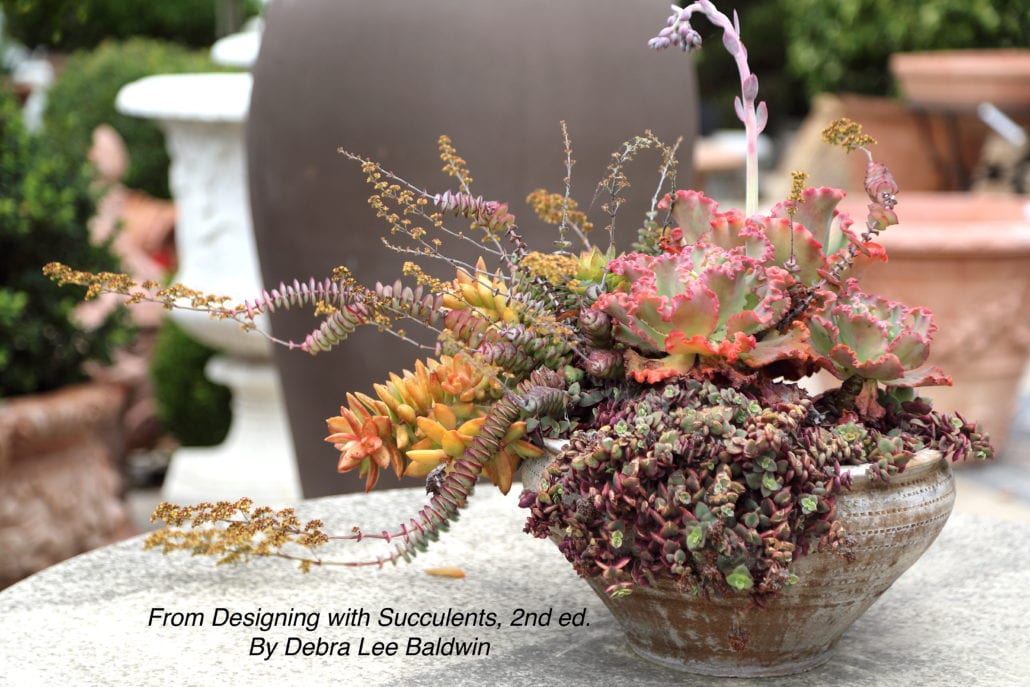
How Much Light Do Succulents Need?
Are you wondering why a succulent no longer looks as good as when you bought it? If a succulent is otherwise healthy, the first thing to consider is light.
Succulents growing in less than optimal light lose color from their leaves. They'll turn from red, yellow or orange to faded shades of blue or green, and may flatten or stretch (etiolate). On the opposite extreme, when given too much sun, succulents may show beige patches on their leaves or close their rosettes.
At the nursery, don't just look down, look up. When you bring your purchases home, give them the same or similar sun intensity that they're used to. As they settle in and seasons change, they may surprise you. With the benefit of time and room to stretch their roots, it's not unreasonable to expect them to look even better than before.
How Much Light Do Succulents Need?
The answer is "it depends." What's the type of plant? Where do you live? What's the climate like? Even altitude can make a difference. For example, most haworthias and gasterias prefer shade but can handle some sun along the coast. Many but by no means all cacti are fine in desert sun. As a general rule, the majority of soft-leaved succulents want half a day's sun (in mild climates) and dappled or "bright" shade the rest of the day.
Light is essential to any plant's survival, but too much can damage it. Too little can ruin its shape. Providing optimal light often comes down to observation.

Above: If these succulents could talk, they'd say, "The light is over there." When succulents lean, it's usually because they're seeking more sun. The phenomenon of growing toward light is "phototropism." Stretched growth in low-light situations is "etiolation."
Not enough sun
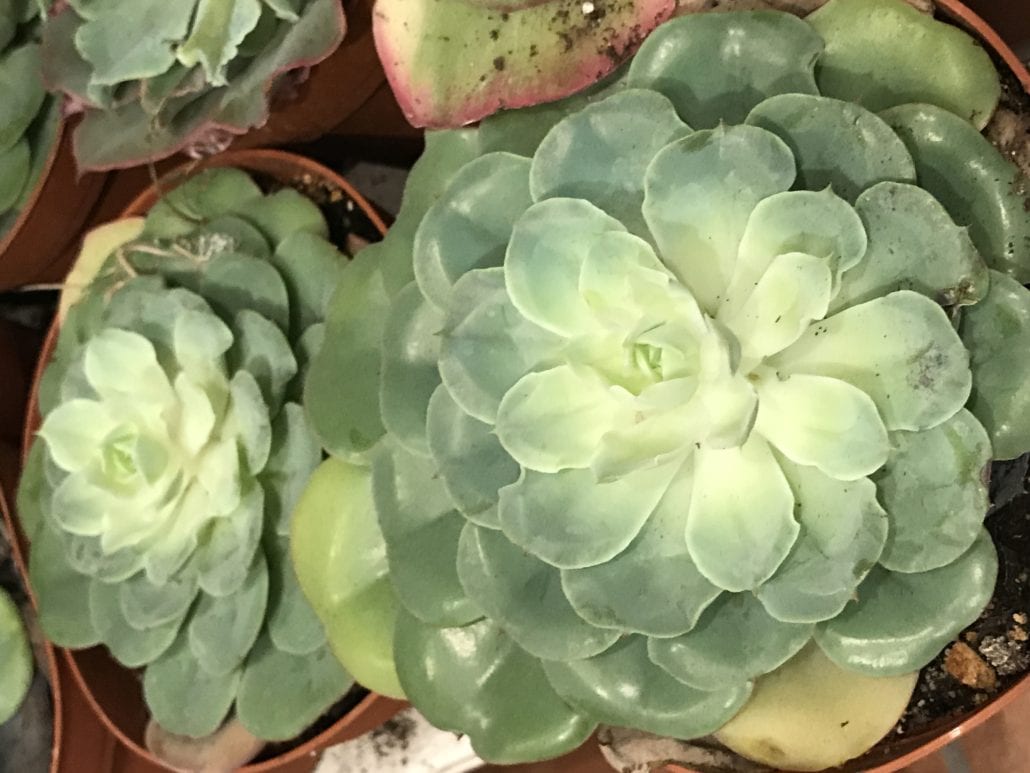
Too much sun

Above: This aloe closed its rosette to protect it's vital core from too much sun and resulting dehydration. Pigment similar to that of autumn leaves protects it from burning. The plant is "stressed" -- not necessarily a bad thing. It'll recover when the rains come and sun is not as harsh, just as it would in the wild.

Above: A large agave in my garden has leaves that bend and curve. Stretched cells are vulnerable to sunburn. There's not much I can do to prevent it. I don't like looking at burned patches, so I trim the damaged leaves back to the trunk.

Above: Hot, sunny days can come so quickly that garden succulents don't have time to adjust. I probably could have prevented sunburn on these aeoniums if I'd tossed a sheet or (even better) floating row cover on them. They eventually outgrew the damage, but it was evident for months. See "Summer Care for Succulents: Heat and Sun Concerns."

Above: This Agave 'Cream Spike' has recovered from sunburn. You can still see the damage on the outer leaves, but new growth is fine.

Above: Here's another sunburn survivor. The damaged tissue is white and the new growth, green.
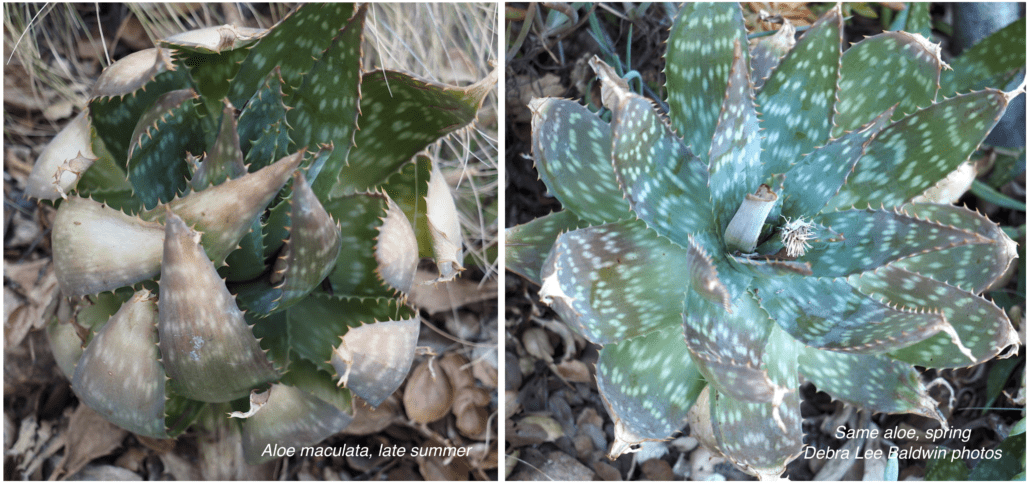
Above left: Aloe maculata, late summer; right: same plant in spring.
Related info on this site:
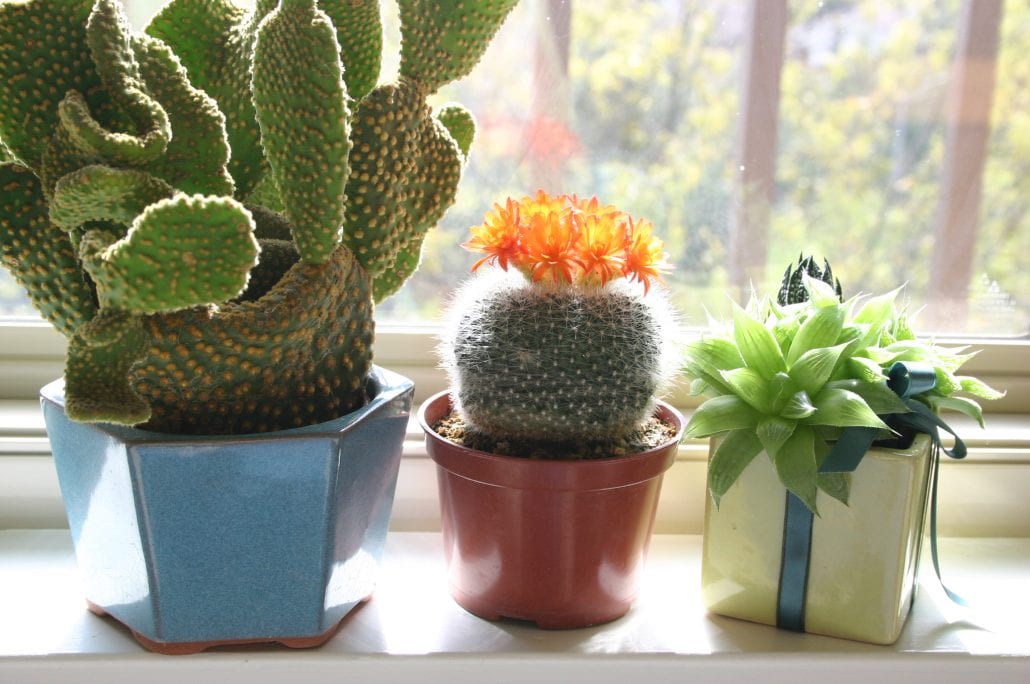
How to Keep Succulents Happy Indoors
Place your succulents near a window. Maximum sun exposure is on the south and west sides of your house. The farther north you live in North America...[Continue reading]
Summer Care for Succulents: Heat and Sun Concerns
Don’t let summer sun and heat harm your succulents! Heat generally isn’t a concern. Although some succulents (like sempervivums) tend not to thrive in temps above 80 or 90 degrees F, the majority are fine. It’s heat plus sun that’s the concern.
How to Make Succulents Bloom
Above: The problem could be not enough sunlight. Is there a way to make succulents bloom? Yes and no. It partly depends on a plant’s age. It may not be large or mature enough to gear up for reproduction (which is the point of flowers). But there IS something you can do to make a…
How to Keep Succulents Colorful
Are your succulents well stressed? Given the right conditions, certain varieties turn from green or blue to brilliant reds, oranges and yellows. See 50 before-and-afters. How much a succulent “colors up” depends on…


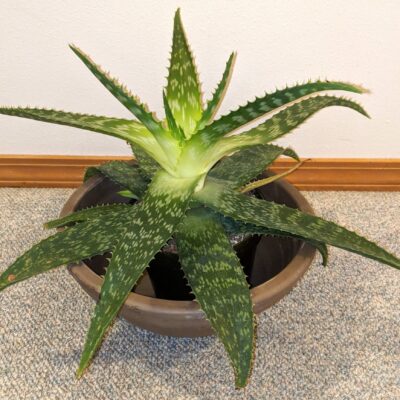
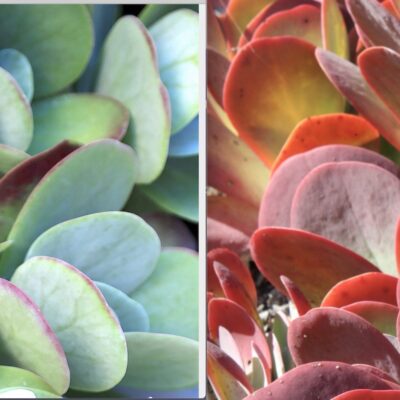
I have a cactus that shoots out a long stem from the mother plant. This stem has things that look like seed pods all over it. Just wondering what this is.
Hi Kay — Sounds like an agave.
I have a small (7in) grocery store cactus with a rather pink head. How can I best care for it in a Northern California climate
You’re referring to a moon cactus, which is a pink, red, orange or yellow gymnocalycium that lacks chlorophyll, so to keep it alive it’s grafted onto a different cactus that can photosynthesize. Problem is, the pink part can’t handle sun (it needs dark pigment to protect it from sunburn) but the stem graft has to have sun in order to stay healthy and feed itself…and the moon cactus. You see the dilemma. This is why they don’t last long. I consider such grocery store cacti “heartbreakers” along with lithops and other cool-looking succulents that are commercial but basically doomed. As one grower (who gave me one) said, “Consider it an annual.”
That is so true I have seen it